Elektrownia Powiśle
Warszawa, ul. Dobra 42,
Galeria Powiśle, Level +2
12 May–20 June 2022
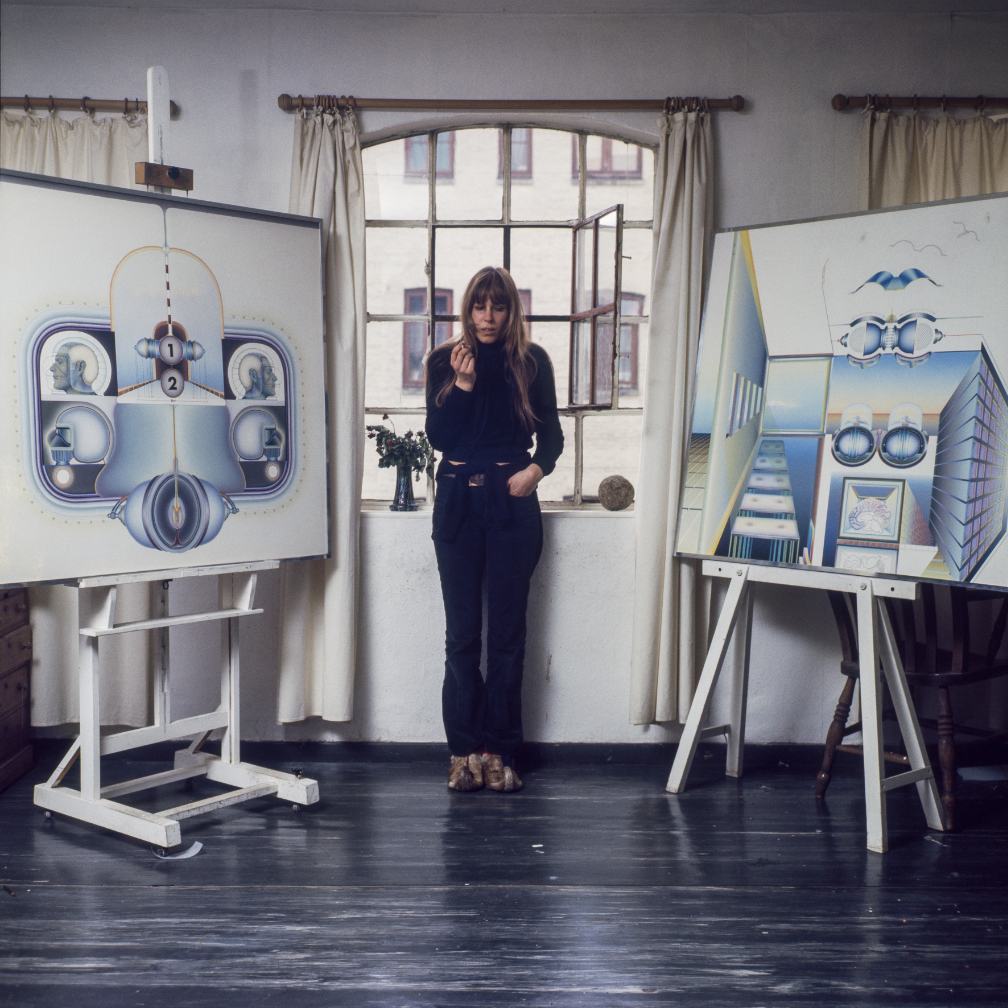
Tadeusz Rolke: KUNSzT
German Artists of the 1970s
When in the early 1970 Tadeusz Rolke went to live in Germany and chose Hamburg as his place of residence, he soon joined professional photography circles. At the time, Hamburg was a thriving press centre, and offered ample career opportunities for professional photographers. Rolke began his collaboration with such press corporations as Gruner + Jahr, editor of the influential Stern magazine; he also published his photographs in Der Spiegel, Geo and several newspapers. In parallel, he continued to pursue his interests across a broad spectrum of contemporary art: visited museums, art galleries, made contacts and found friends in Hamburg’s artistic circles.
As a result, early during his 10-year stay in Hamburg, Tadeusz Rolke was invited by the governmental “Inter Nationes” agency to prepare a series of portraits of artists from various locations across Germany; this was soon followed by a similar offer from the culture department of the city of Hamburg. Thus, in a period of a dozen months or so, Rolke created a series of diapositives. They form a unique collection which has never been on public display before, with the exception of the portraits of Joseph Beuys and Gerhard Richter, as their fame spread beyond their local milieus. It is worth noting that, owing to its multifaceted nature, the art of the 1970s began to communicate novel meanings and reach beyond established, time-worn formulas. Artists began to use new means of expressions and materials enabling creation of novel spatial forms or installations.
In his portraits of German artists, Tadeusz Rolke embraced this new reality. His subjects are not only portrayed in typical poses (although such photographs are found in the collection), but are also shown in a way which allows their works to complement and enrich individual frames.
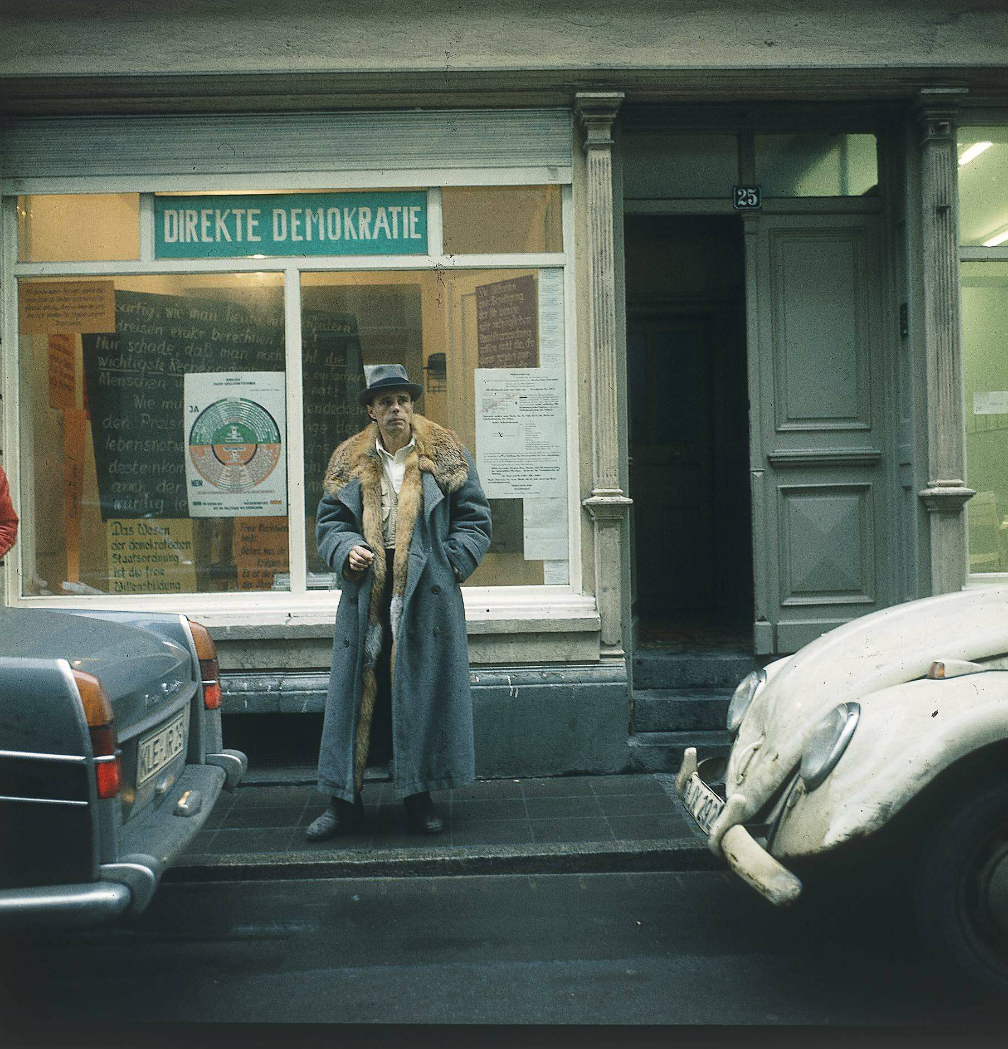
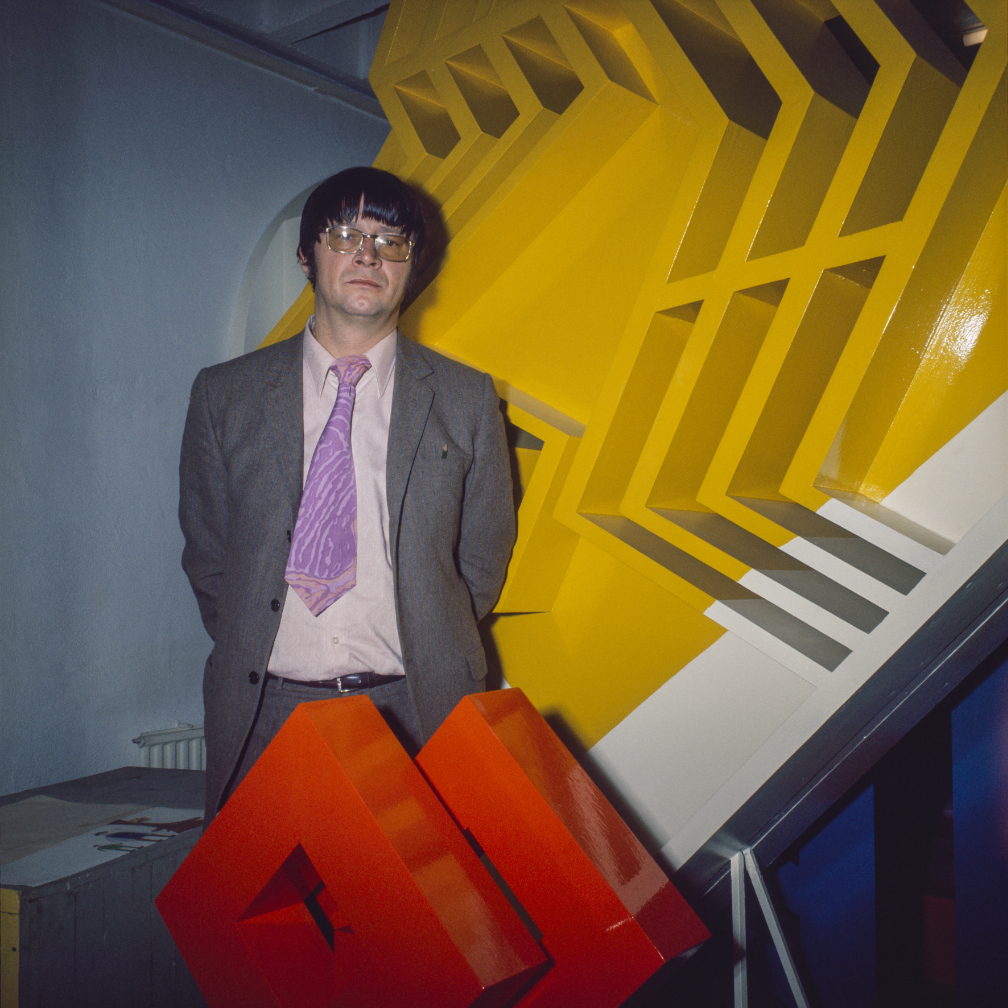
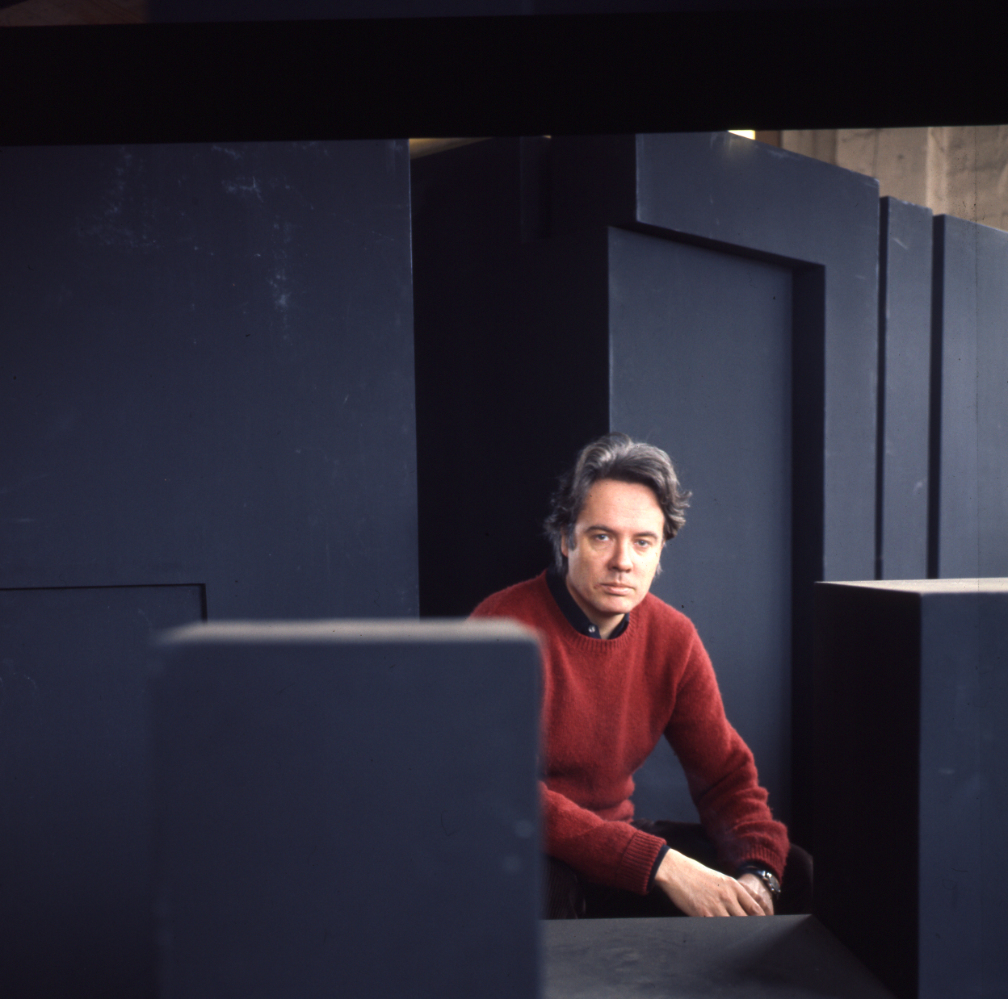
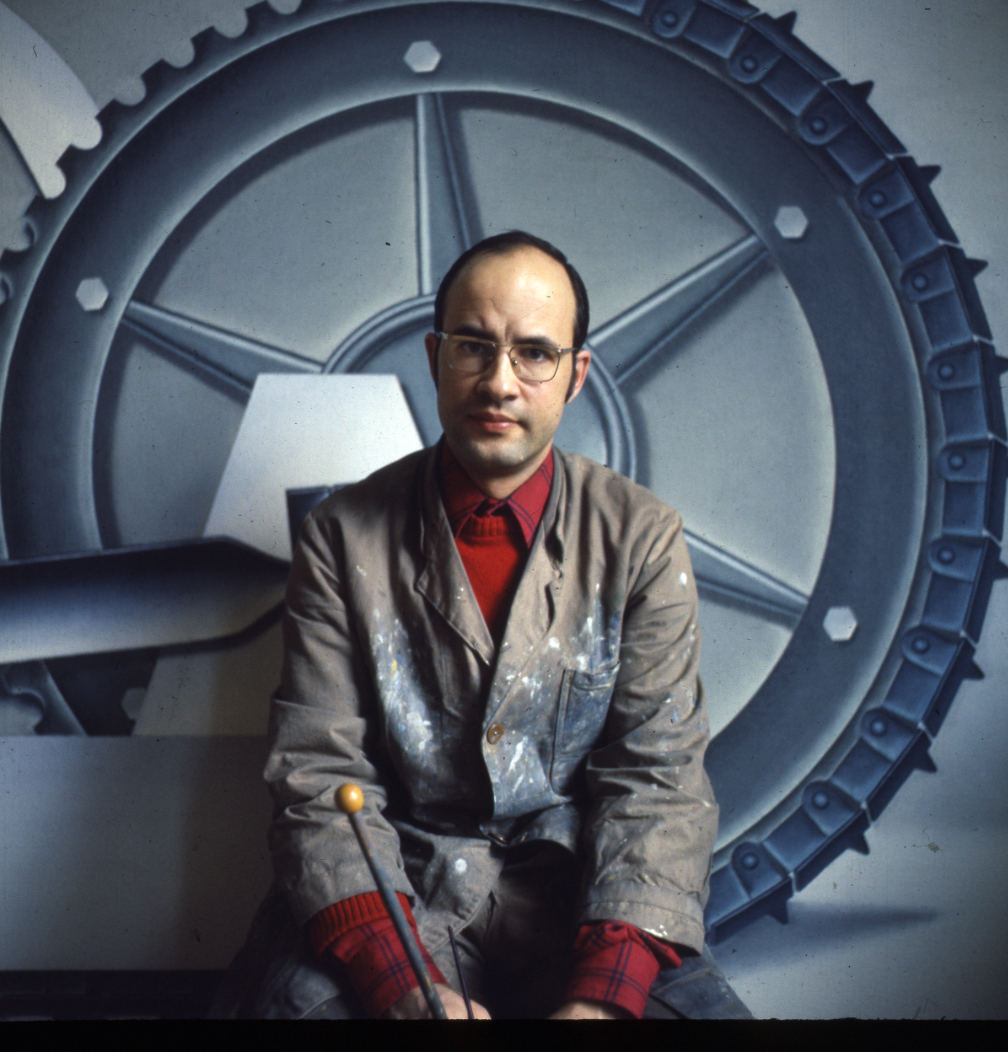
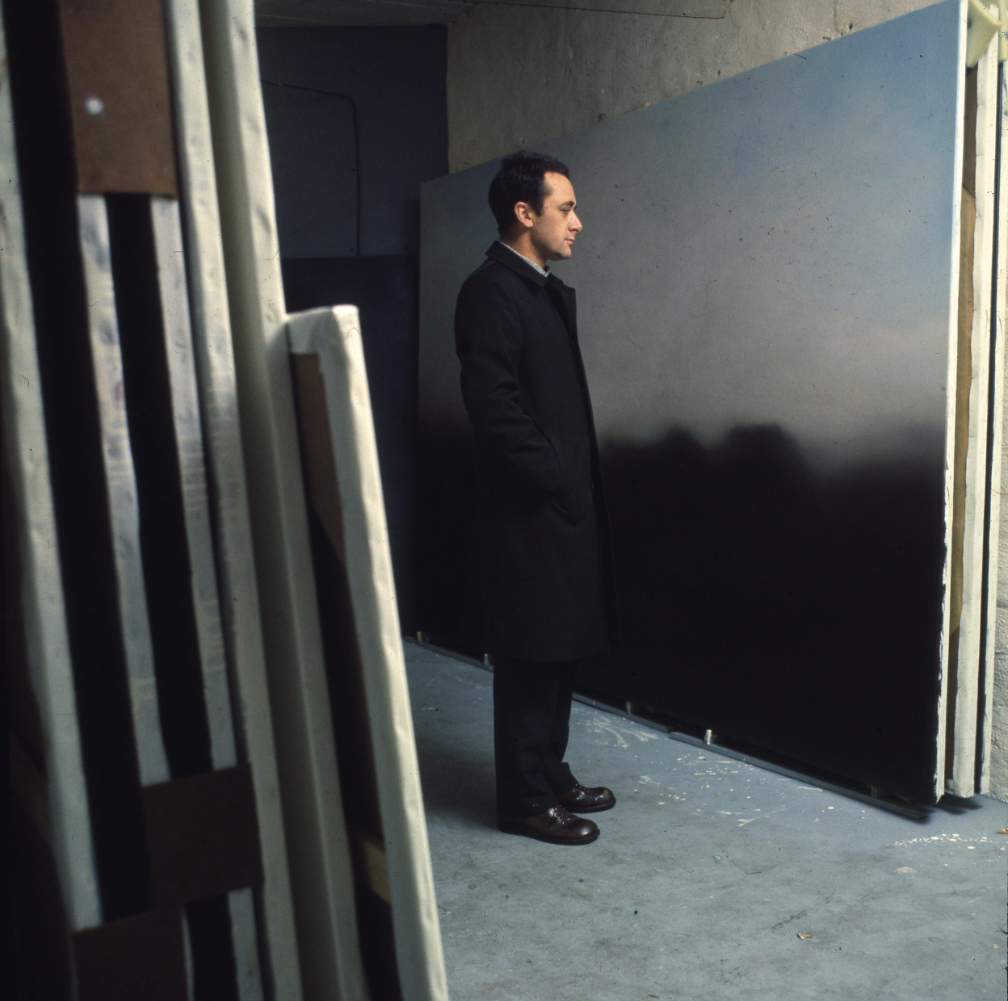
Through a skilful use of the artists’ studios (most of the photos were taken indoors) and application of light, Rolke creates vivid images of people with a passion for art. Other than the artists, the photographs show not only paintings or engravings, but also various objects, spatial forms, sketches and drawings. The collection also includes photographs which go even further against the convention of an “indoor portrait”, when Rolke shoots the artists in outdoor settings, thus creating a wholly new narrative. One example here is the photo of a Hamburg-based artist flying over a huge football in the goal, taken at the time where the World Cup hosted by Germany was about to start.
In another of Rolke’s concepts, Bruno Bruni, a lithographer and graphic artist, duly seated in an armchair, is swiftly rotating his cane, adding dynamic to his static posture. In another photograph Karl Heinz Engelin, whose artistic activity revolved around stone sculpture and metalwork in urban space, is posing with an open-work form held over his shoulders as if he had wings. The Hamburg-based Brazilian artist, Almir da Silva Mavignier, was shot when working on a painting, at the precise moment of putting oil paint on the geometric canvass. Heidi Meyer, a young painter from Hamburg, is shown, side-view, standing in the open window of her studio, and the row of windows in the building opposite offers an interesting and puzzling perspective. This is a structural element intended by the photographer to emphasize the nature of the artist’s work and the setting of her creative activity.
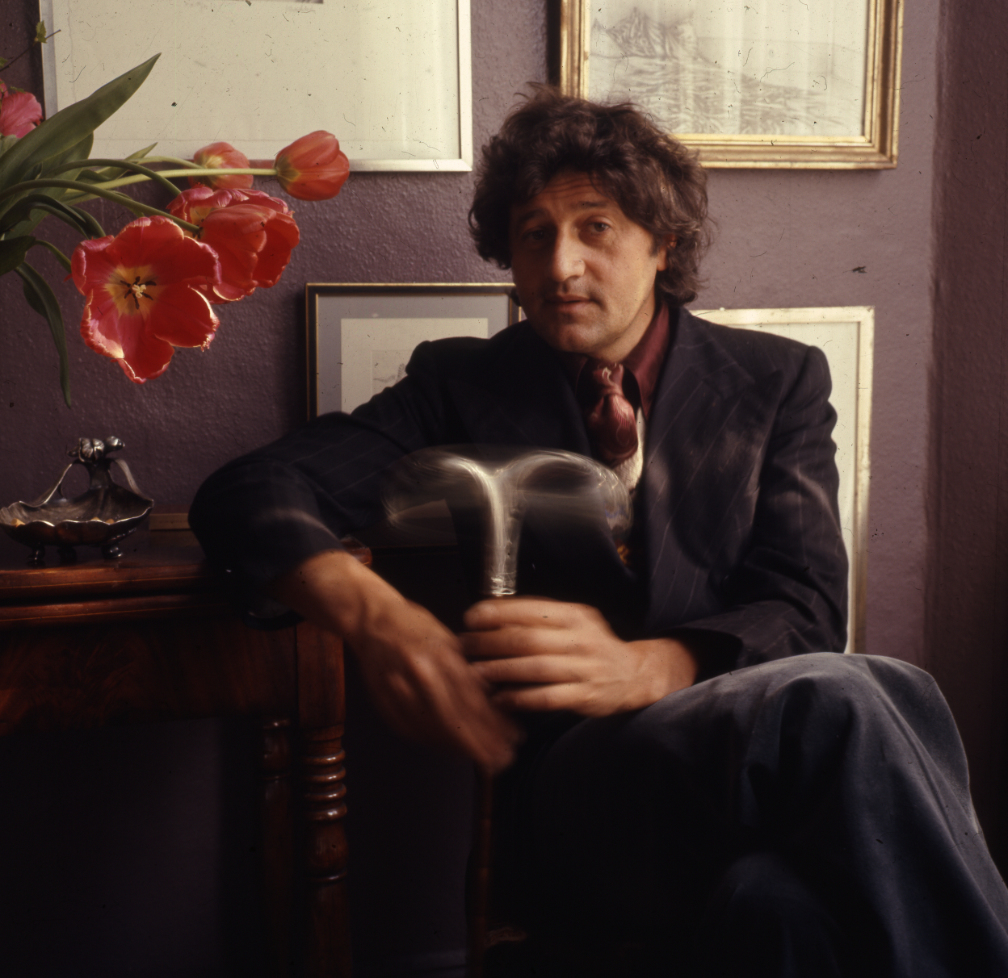
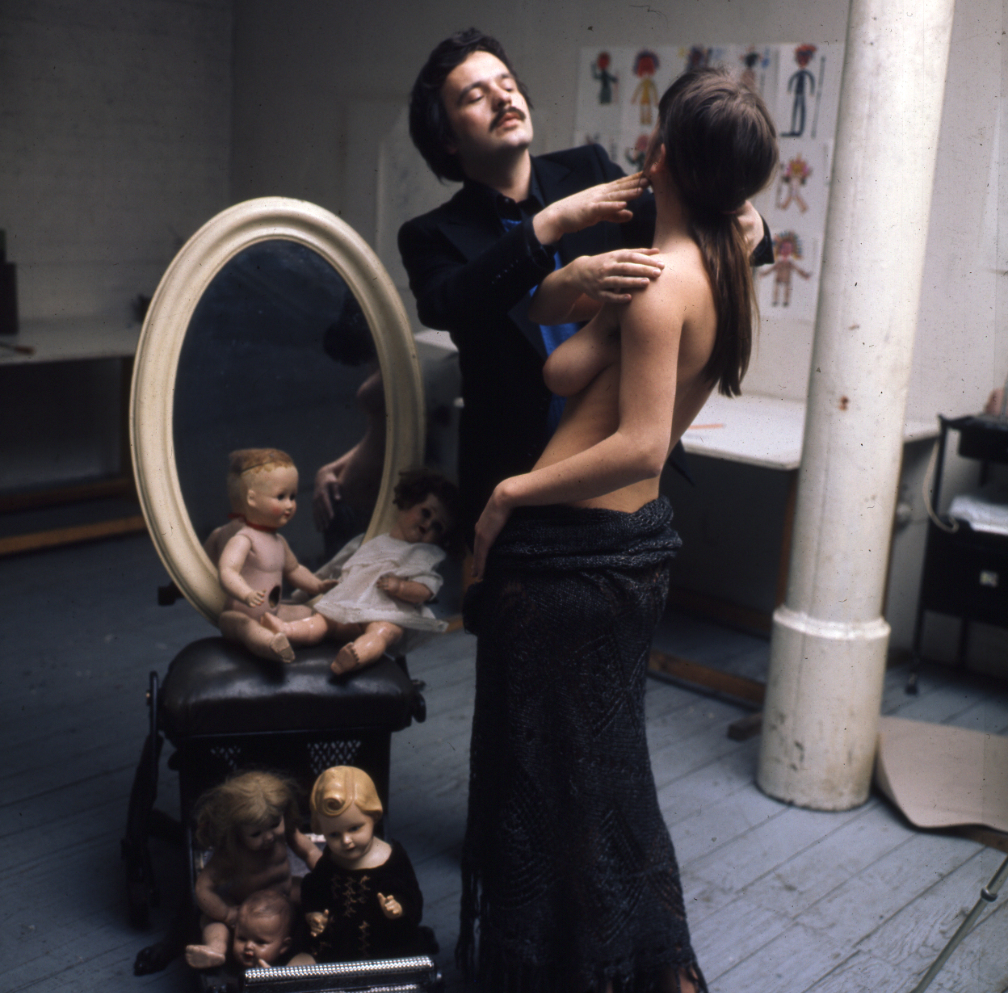
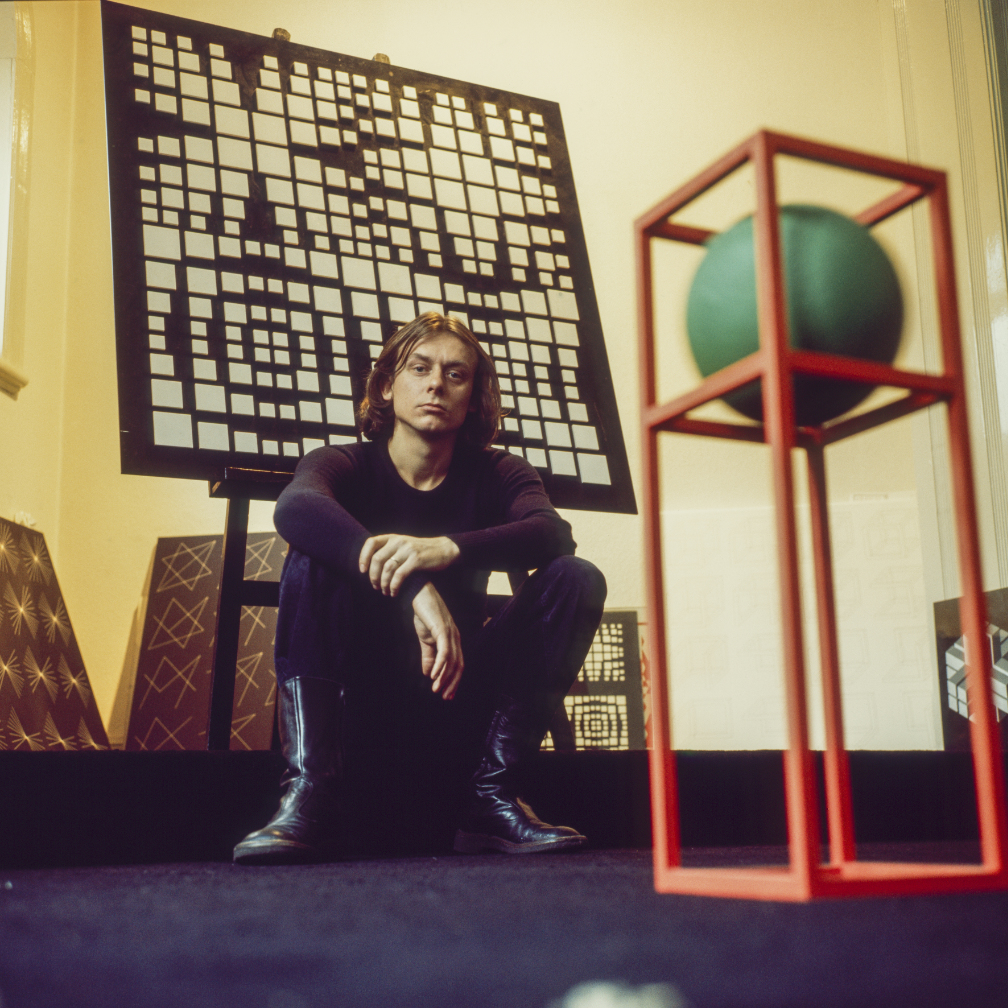
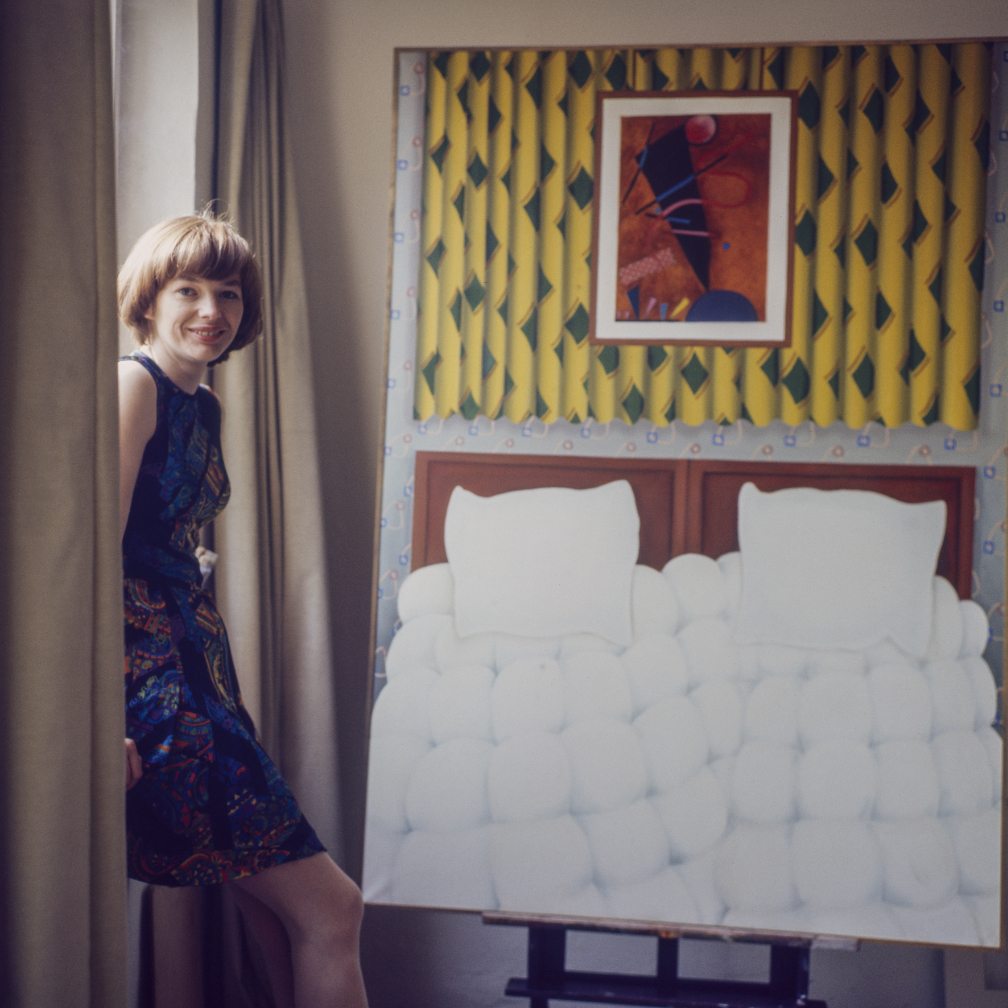
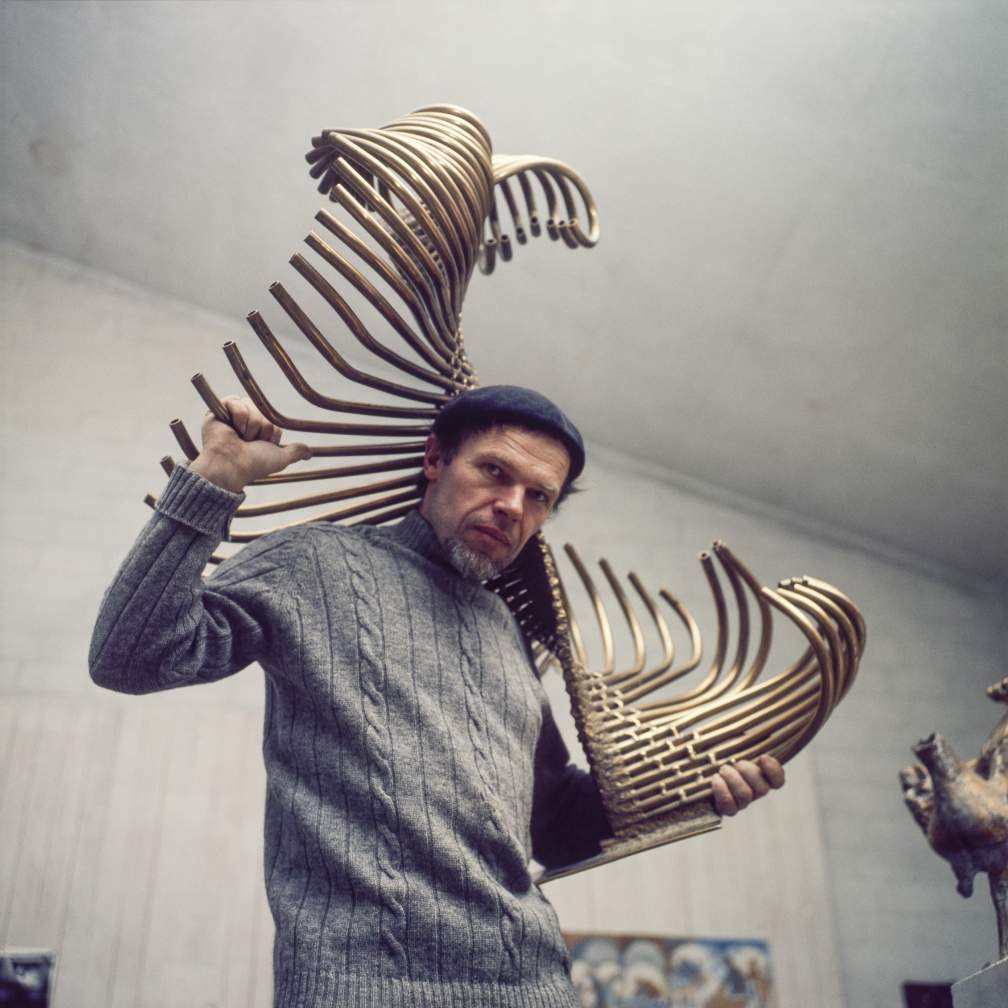
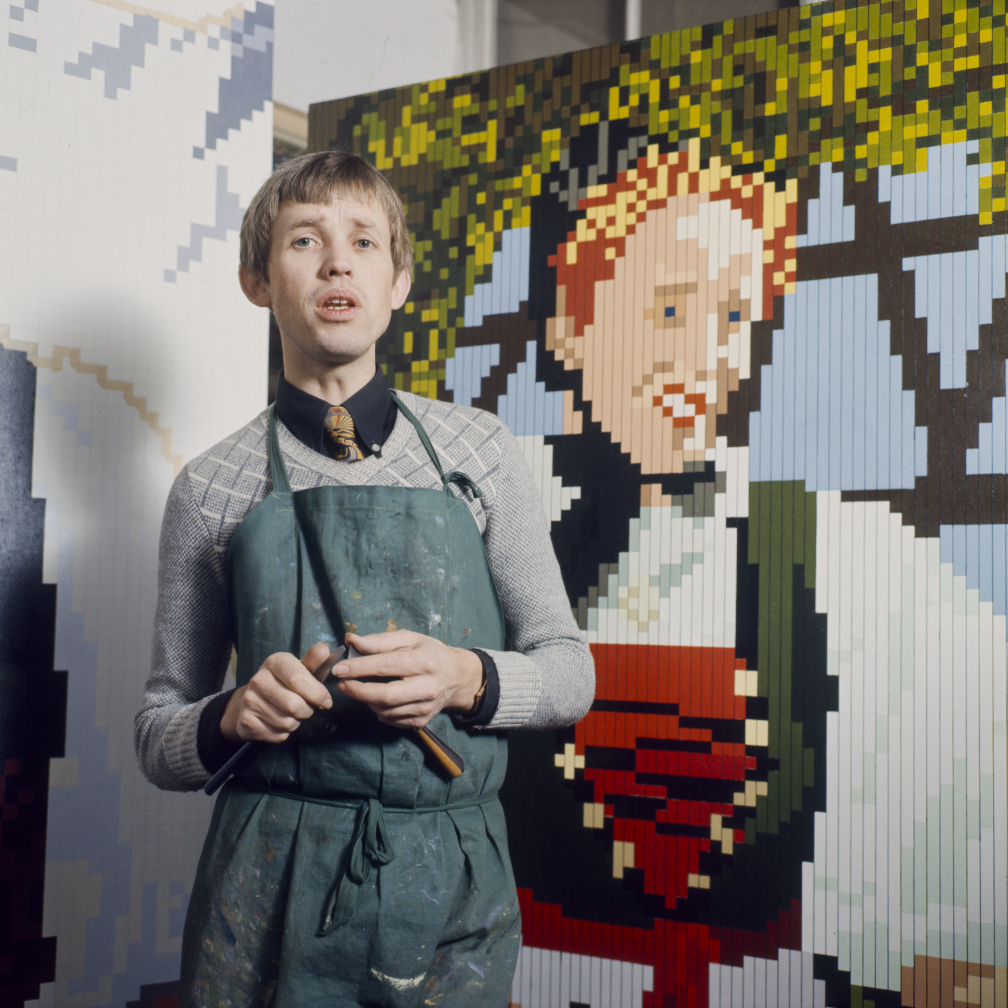
The face of Dieter Kressel, author of illusionist engravings, is shown in the mirror positioned in front of his painting, and Reinhard Vogt, clad in his painter’s apron, is standing in front of his pixelated, many-coloured painting.
All those elements present in the setting, which Tadeusz Rolke frames subtly and with panache into his photographs of the artistic circles, are his own innovations and a gripping way to show his subjects as unique individuals. In effect, we get a rich and comprehensive record of the artists from various fields of art, employing various techniques and materials. It is also a valuable and consistent record of the period when novel trends and tendencies appeared in German art.
Tadeusz Rolke undertook the task with his own inimitable subtlety, in the country where he was to live and work for several years. Reminding, or rather – revealing – such a photographic collection created in the form of diapositives, is yet another proof of Rolke’s never-ending romance with art. And photography has become its integral and lasting component.
Marek Grygiel
Curator
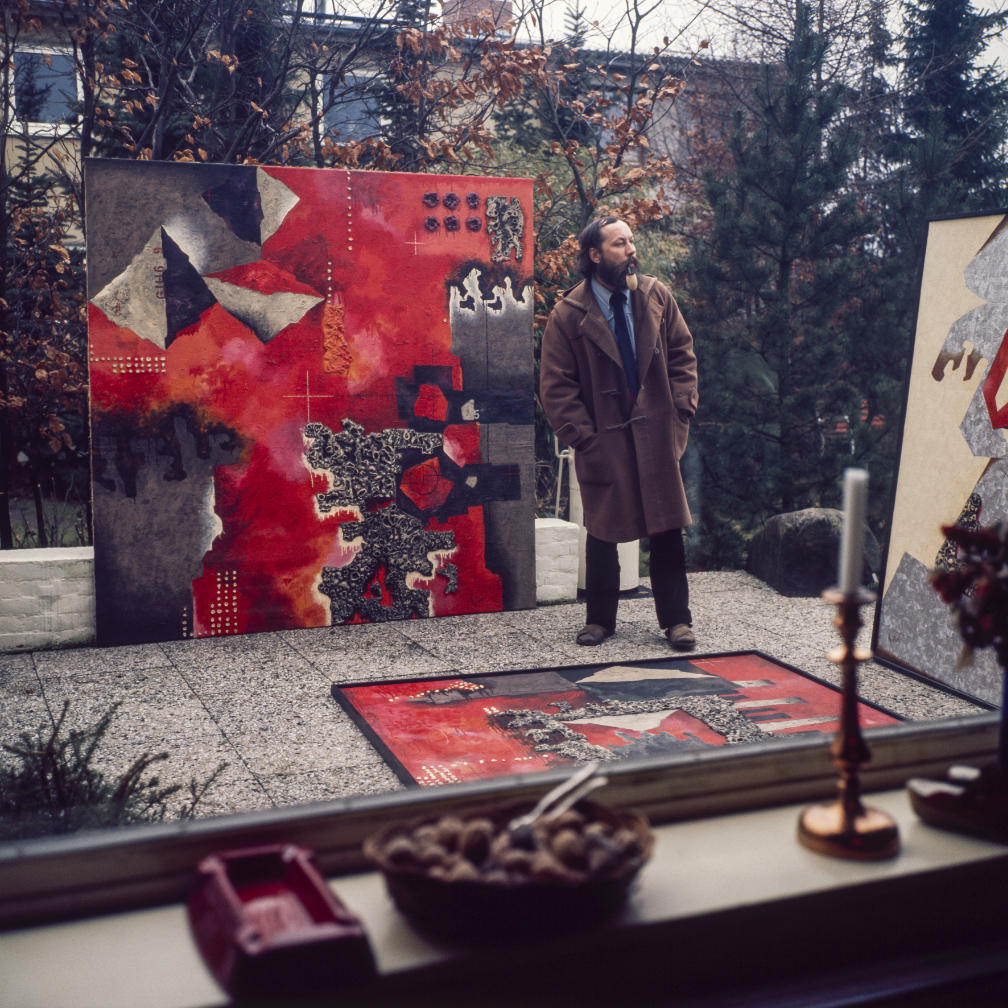
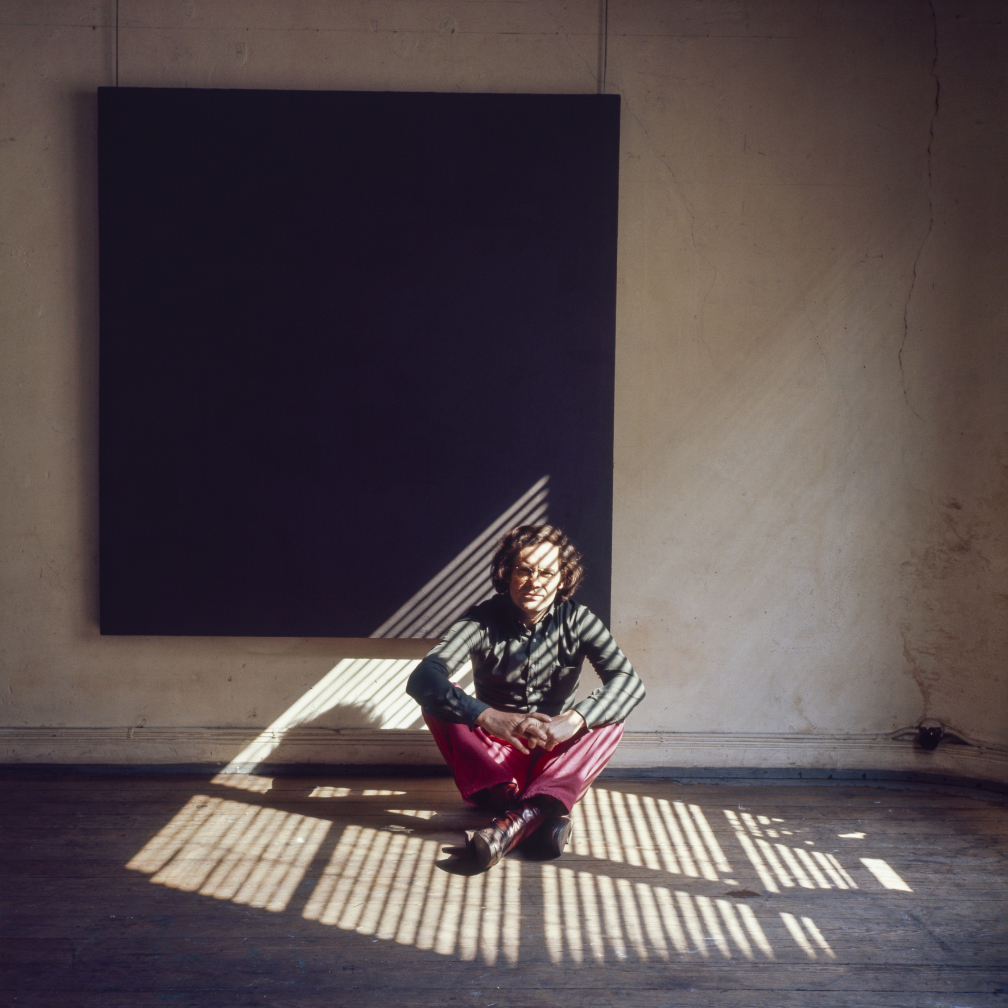
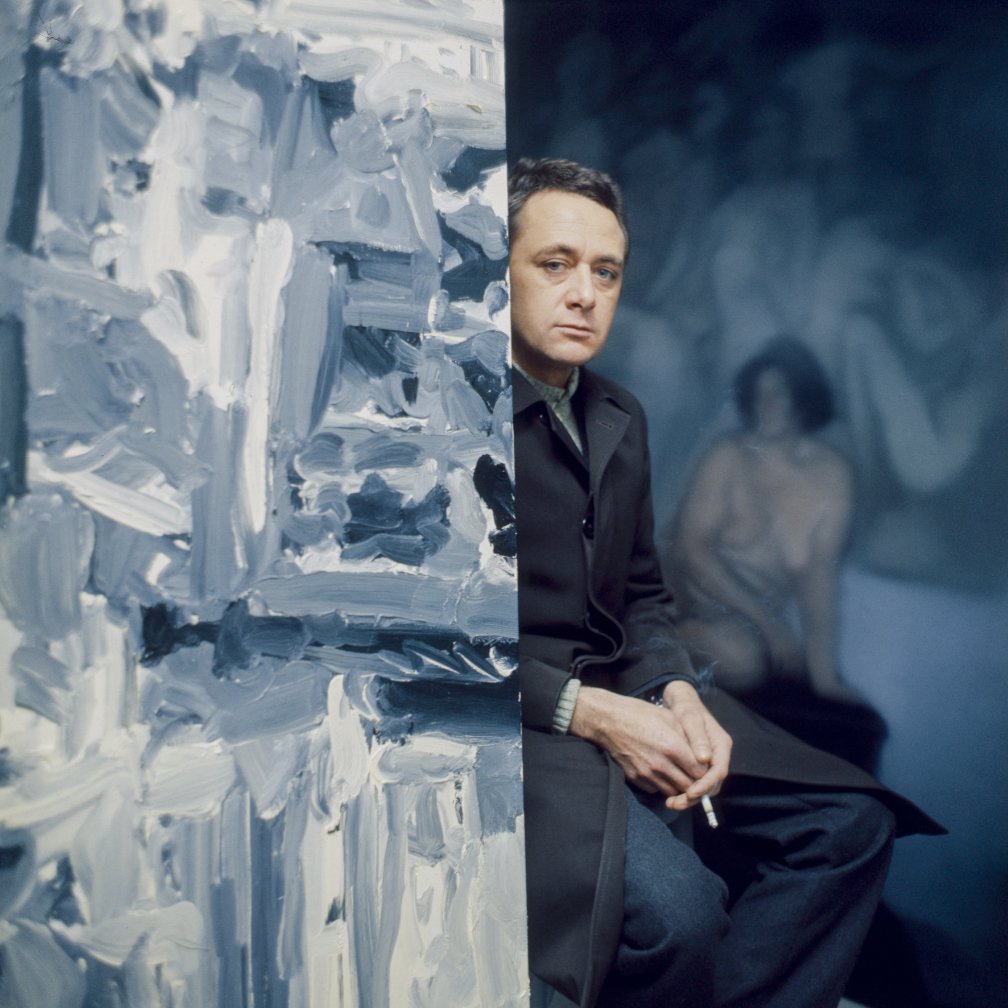
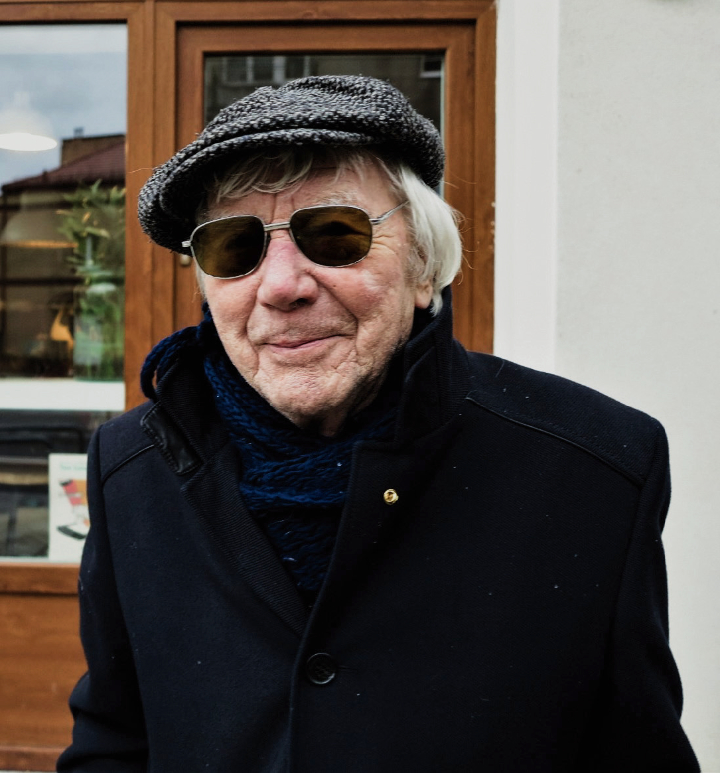 Tadeusz Rolke, fot: M. Grygiel
Tadeusz Rolke, fot: M. Grygiel
Tadeusz Rolke was born in 1929 in Warsaw, where he lived and worked as a news
photographer in the 1950s and 1960s, for ‘Stolica’ and ‘Polska’ magazines;
fashion photographer for ‘Ty i Ja’, photographic artist, lecturer (Warsaw School
of Photography, University of Warsaw), editor (co-founder of edition.fotoTapeta).
After the 1944 Warsaw Rising he was deported to Germany as forced labourer.
Post World War II, he studied Art History in Lublin and Warsaw; and in the
Stalinist era was a political prisoner. In the 1970s, he lived in Hamburg and
published his photographs, among others, in ‘Stern’, ‘Geo’ and ‘Art’; he also
worked as a photographer at theatre festivals in Italy, France and the
Netherlands.
After 1989 he became a contributor to ‘Gazeta Wyborcza’ daily.
Tadeusz Rolke visited many countries, including the Soviet Union, France, Greece, Italy, Yugoslavia, Israel, Slovakia, Hungary, Lithuania and Ukraine. He is the author of many exhibitions and photographic albums. His most recent publication is the album ‘Tu byliśmy’ [We Were Here], which summarises his major, 30-year cycle of photographs portraying the legacy of the Polish Jews. The artist’s works are exhibited in many public and private collections both in Poland and abroad.
Tadeusz Rolke remains an active photographer.
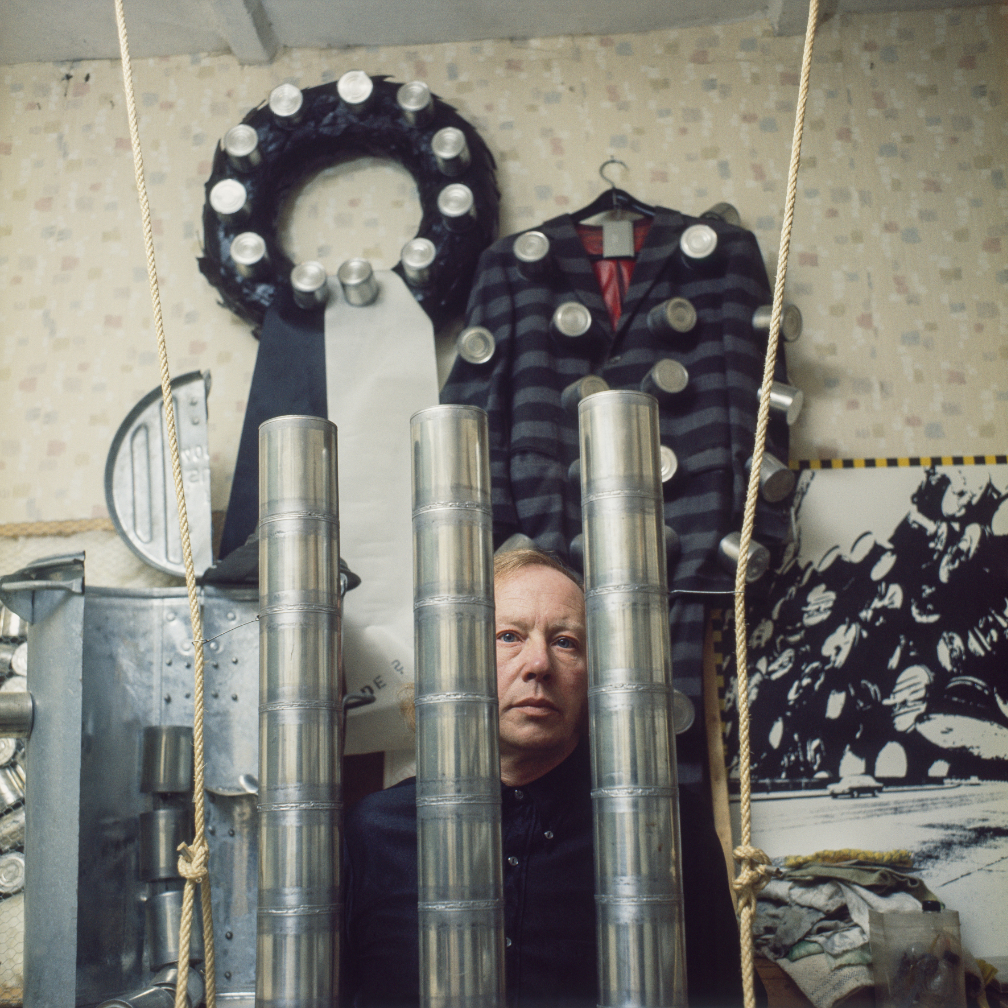
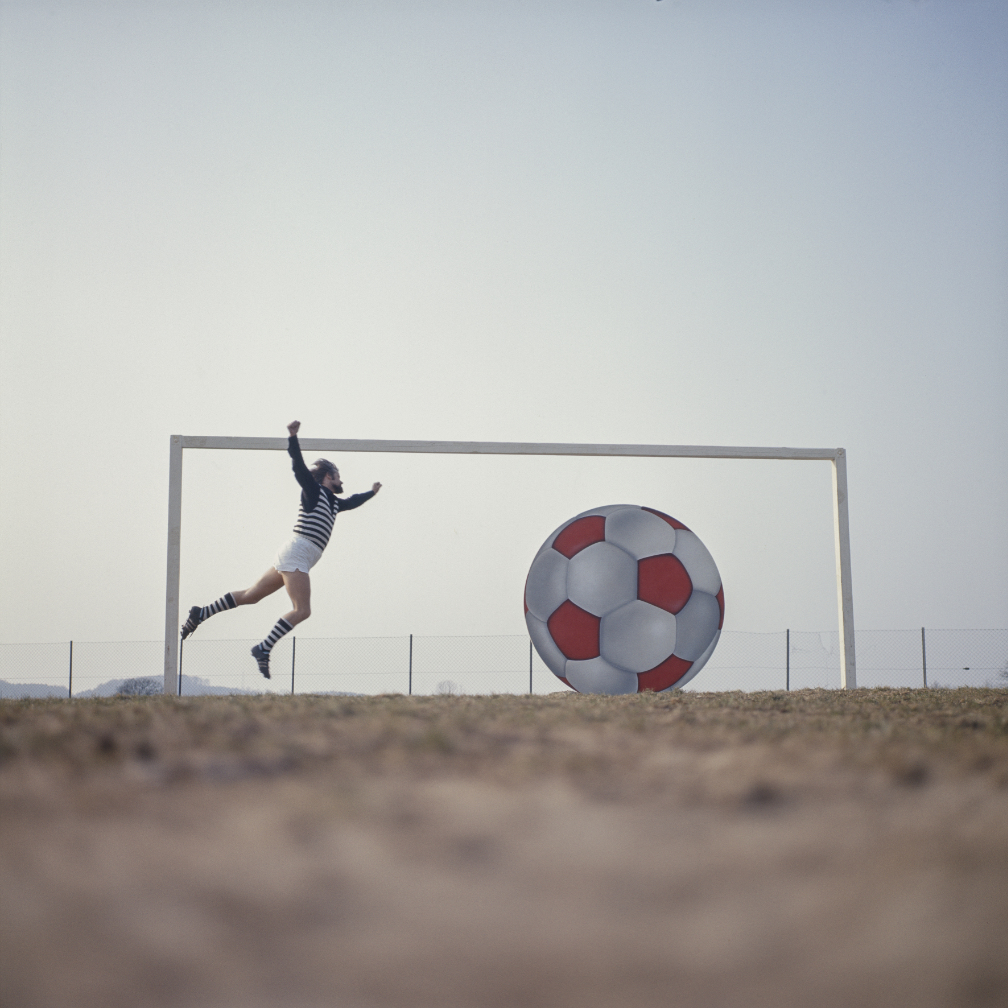
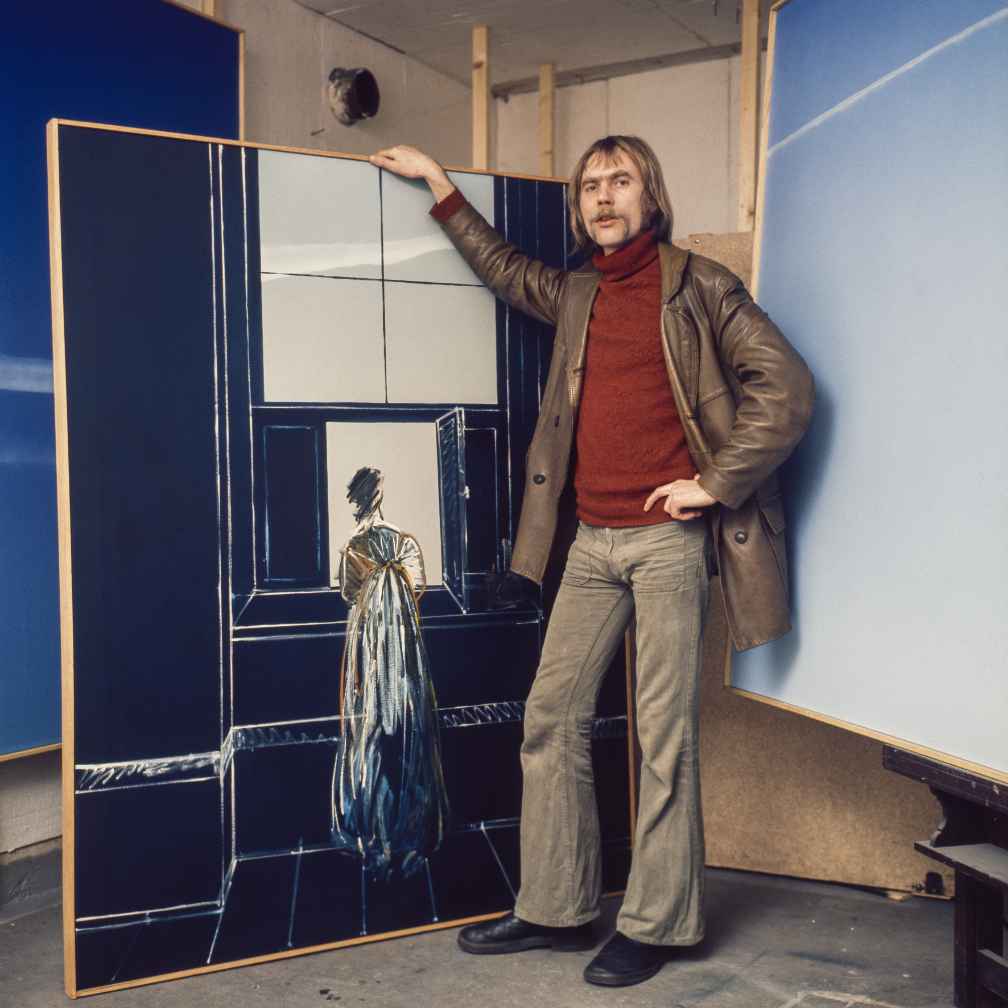
See also:
Copyright © 1997-2025 Marek Grygiel / Copyright for www edition © 1997-2025 Zeta-Media Inc.